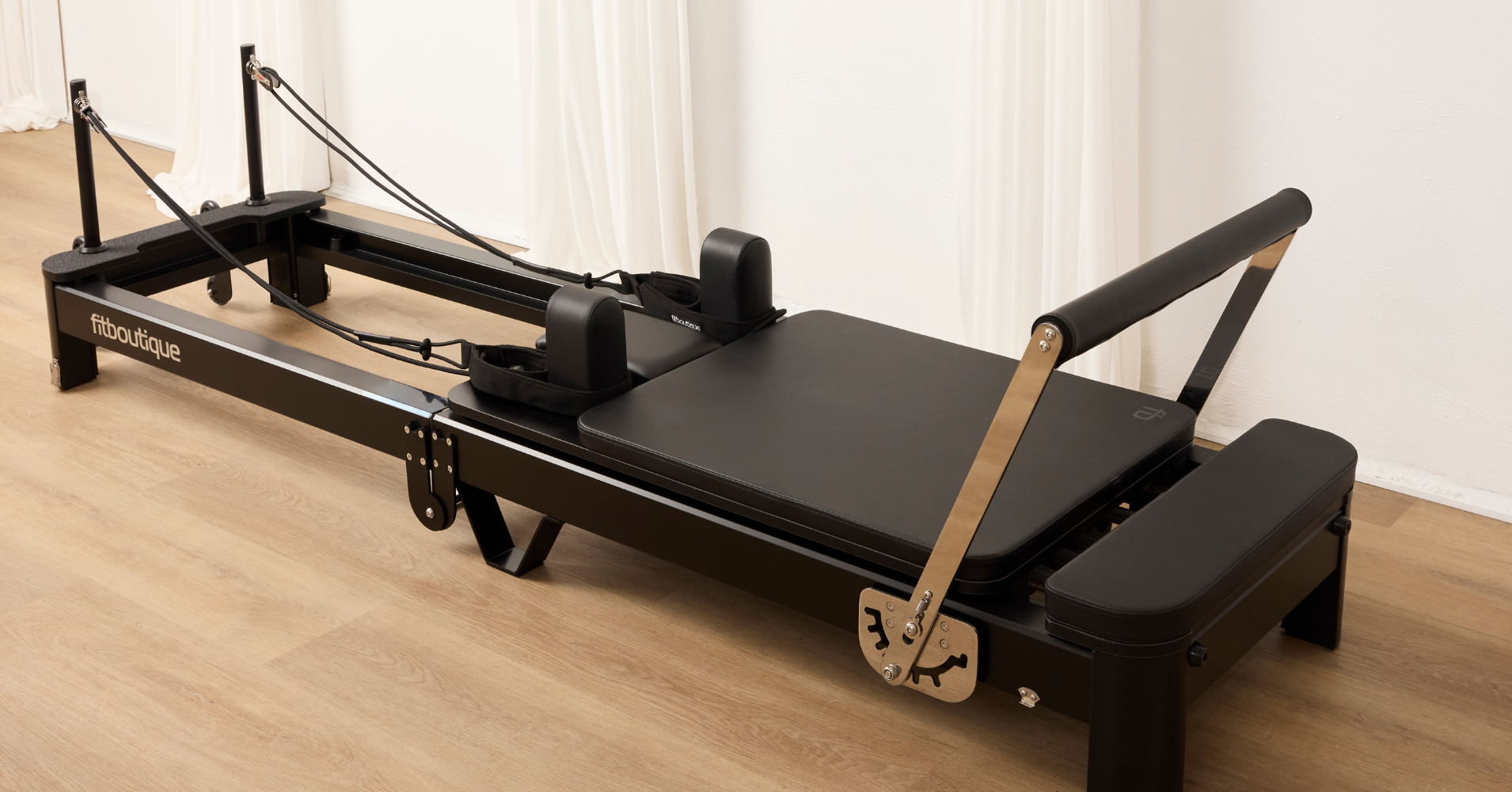
Home Reformer Mistakes to Avoid
Bringing a Reformer Machine home is a game-changer for your fitness routine. But just like any powerful tool, it’s only as good as how you use it. Let’s go through the top mistakes people make with home Reformers — and how to fix them fast.
1. Skipping the Setup Check
Before your first workout, take a few minutes to make sure your Reformer Machine is properly set up. Loose screws, uneven floors, or misplaced springs can throw off your alignment and create safety risks.
Quick fix: Use a flat, stable surface. Follow the FitBoutique setup guide carefully — especially the spring bar and shoulder rests. If something feels off, stop and adjust before starting.
2. Ignoring Spring Tension
Using the wrong spring resistance is one of the most common mistakes. Too heavy, and your form breaks down. Too light, and you lose stability and control.
Pro tip: Start lighter, focus on control, then gradually increase tension as you gain strength. The goal is to move smoothly — not to push max resistance.
3. Poor Posture and Alignment
When you’re working out solo, it’s easy to miss small posture errors that make a big difference. Think shoulders creeping up, ribs flaring, or core disengaged.
How to fix it: Film yourself or use a mirror to check alignment. Your Reformer Machine should support your posture, not fight it. Keep your spine long and core activated through every move.
4. Forgetting Maintenance
Your Reformer is built to last — but only if you look after it. Dust, sweat, and worn-out straps can affect performance over time.
Simple care tips: Wipe down the carriage, rails, and footbar after every session. Check wheels, ropes, and springs regularly. If you have a FitBoutique Ivory Fold Reformer or Onyx Fold Reformer, always fold and store it properly to protect the frame and joints.
5. Overtraining Without Recovery
Yes, consistency matters. But so does rest. Working out daily without recovery leads to fatigue and slower progress — especially if you’re new to Pilates.
Balance it out: Mix in rest days or gentle stretching. Aim for 3–5 quality Reformer sessions a week, not non-stop training.
6. Copying Advanced Moves Too Soon
Social media can make advanced Reformer exercises look easy — they’re not. Skipping progressions can strain your back, shoulders, or knees.
What to do instead: Master the basics first. Moves like Footwork, Bridging, and Long Stretch teach control and alignment that power up every other exercise.
7. Not Customising Your Setup
Your Reformer Machine should fit you, not the other way around. If your straps feel too long or your headrest too low, adjust it.
For the best setup: Check your manual or reach out to the FitBoutique team for help. We’re here to make sure your Reformer fits your body perfectly.
Final Thoughts
A home Reformer Machine is an investment — not just in equipment, but in your wellbeing. Avoiding these simple mistakes means smoother sessions, better results, and a longer life for your machine.
Whether you’re using our Ivory Fold Reformer, Onyx Reformer, or waiting for the upcoming Sienna or Maple Crest models, FitBoutique is here to help you train smart and move better.
Reformer Pilates Range
Frequently Asked Questions
How much space do I need for a reformer bed?
Space Requirements for Your Reformer
A FitBoutique reformer requires approximately 245cm x 68cm (2.45m x 0.65m) of floor space. Here's what this means for your space planning:
For Home Users
Length: 245cm (8.04 feet)
Width: 68cm (2.13 feet)
Recommended clearance: Add at least 30cm on each side and end for comfortable access
Total recommended space: 305cm x 125cm (3.05m x 1.25m)
For the Onyx Fold model specifically:
Same footprint when in use (245cm x 65cm)
When folded: Takes up significantly less floor space in vertical storage
Ceiling height consideration: Ensure adequate height for vertical storage
What's the difference between commercial and home reformers?
While both offer similar exercise capabilities, commercial reformers typically feature heavier-duty construction, enhanced weight capacity, and more extensive warranty coverage. However, premium home models like the Onyx series bridge this gap with commercial-grade components.
How often should I maintain my reformer?
Regular maintenance includes weekly cleaning, monthly hardware checks, and quarterly deep cleaning of tracks and wheels. Premium reformers come with detailed maintenance guides to ensure optimal performance and longevity.
As Seen In








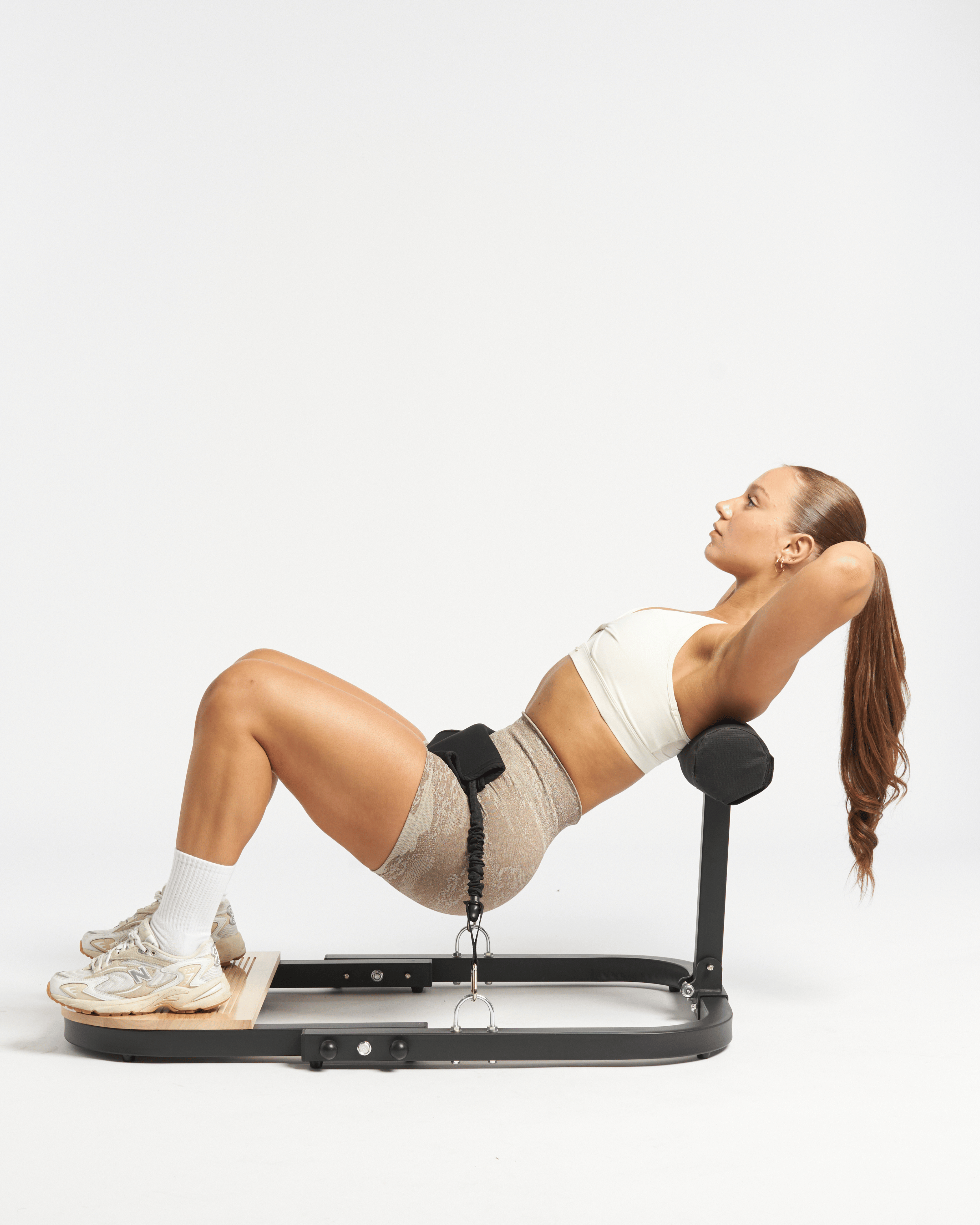
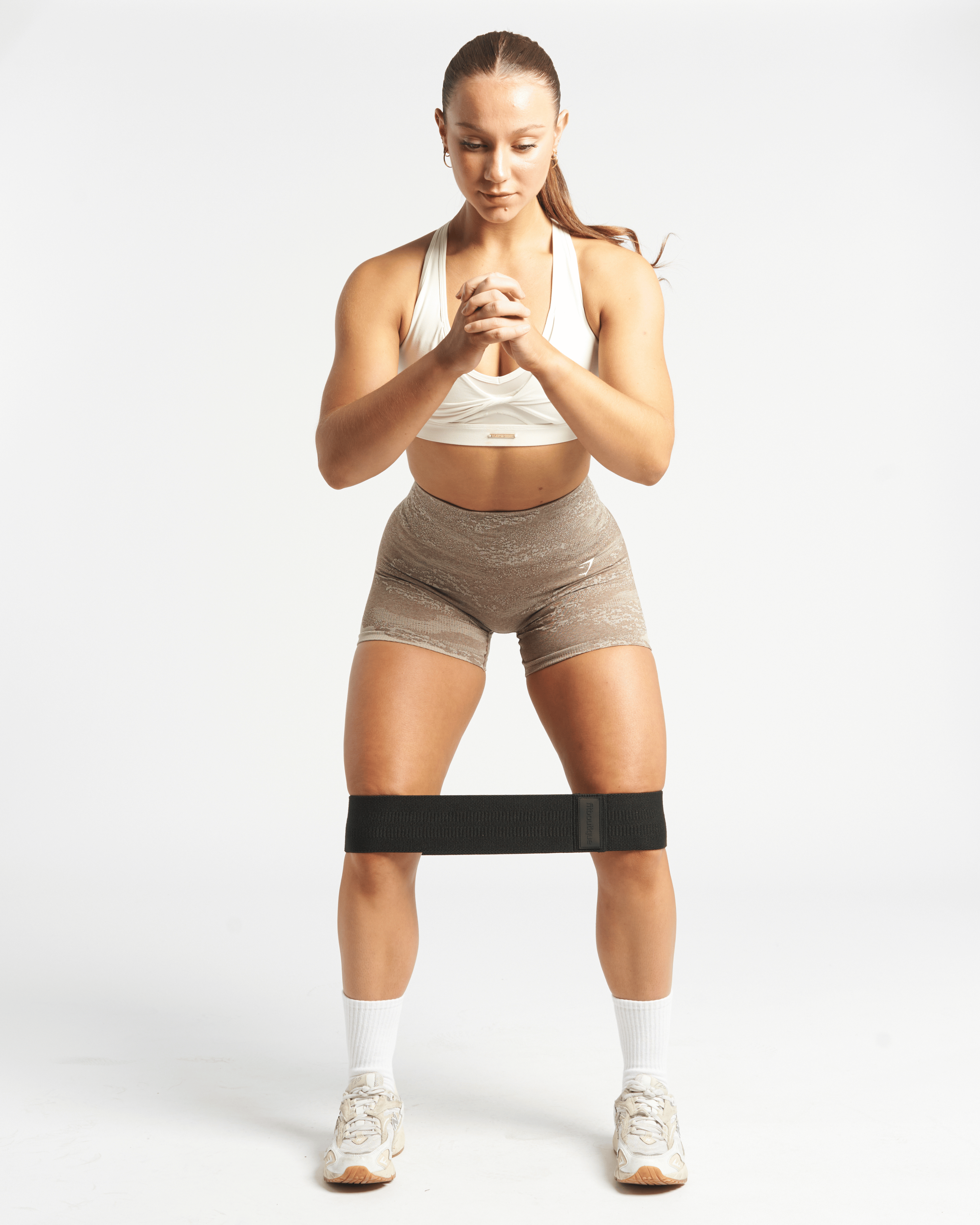
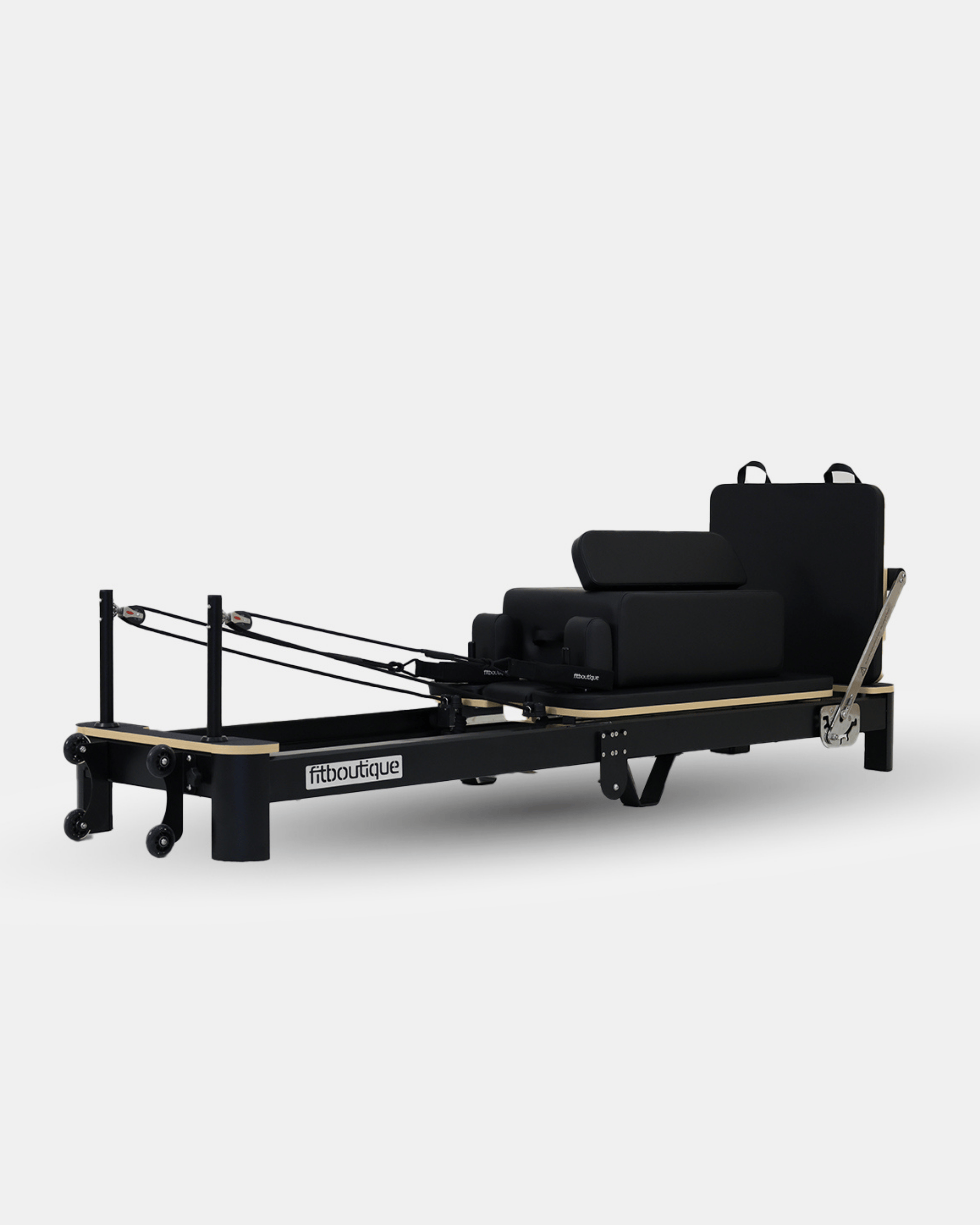
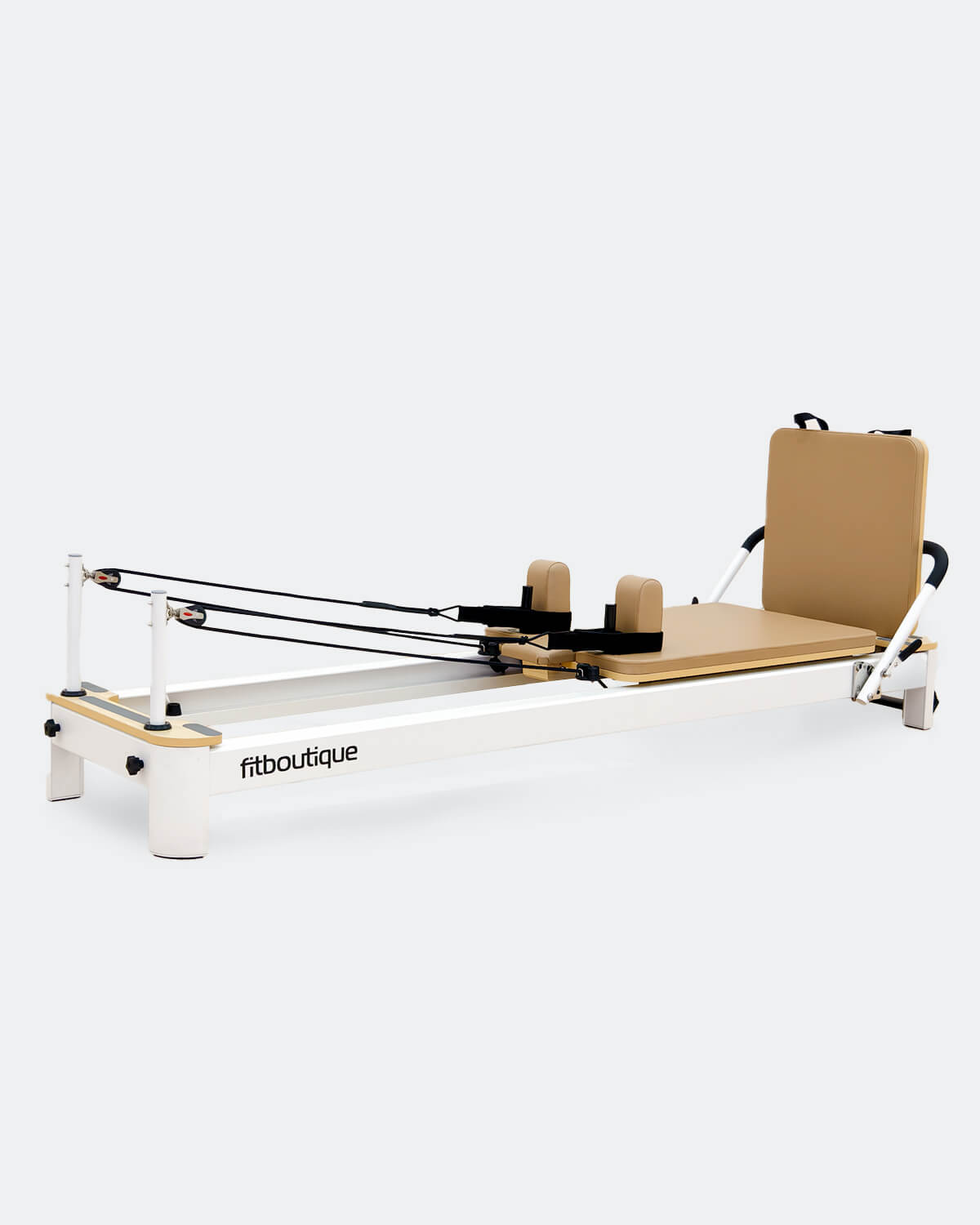

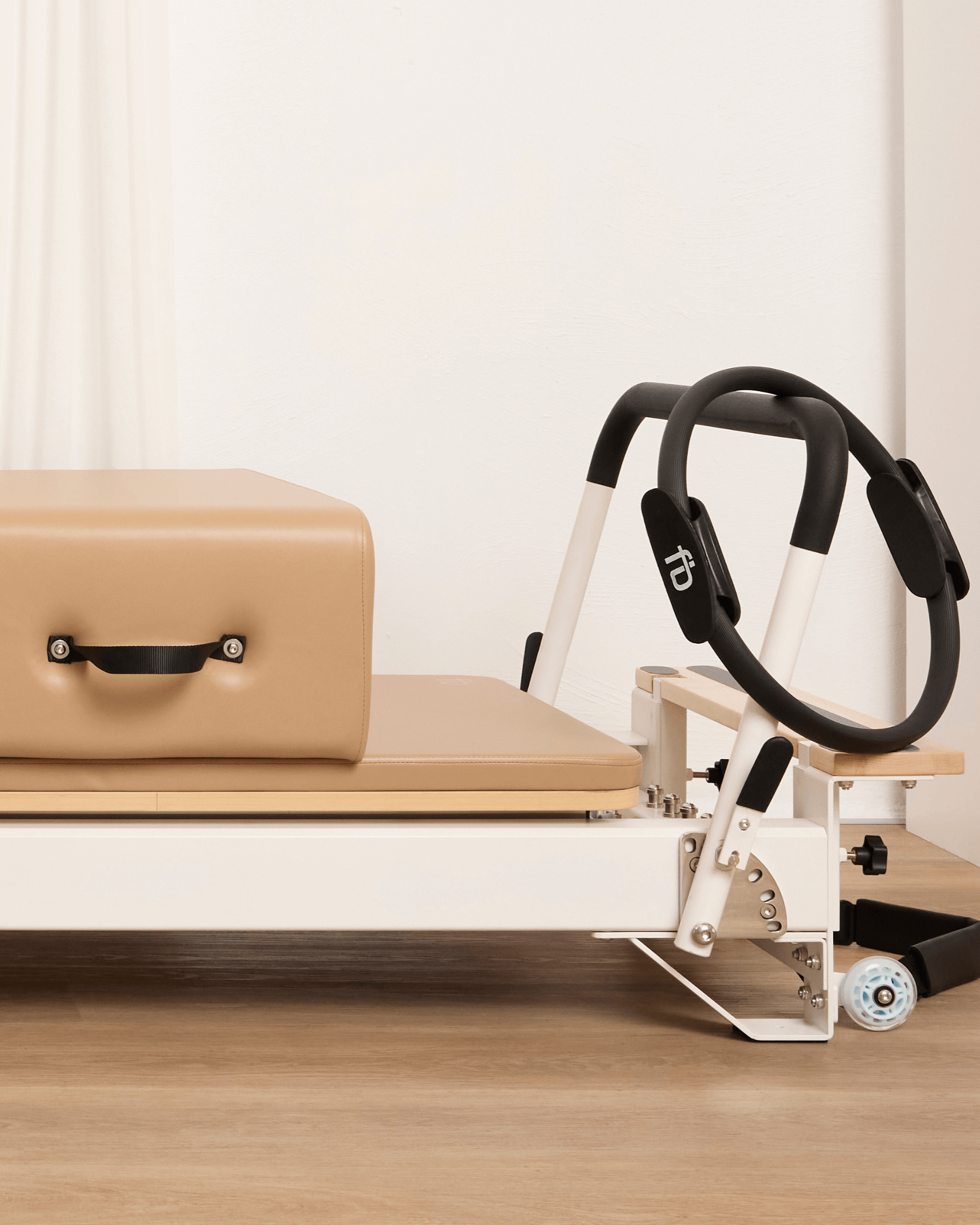
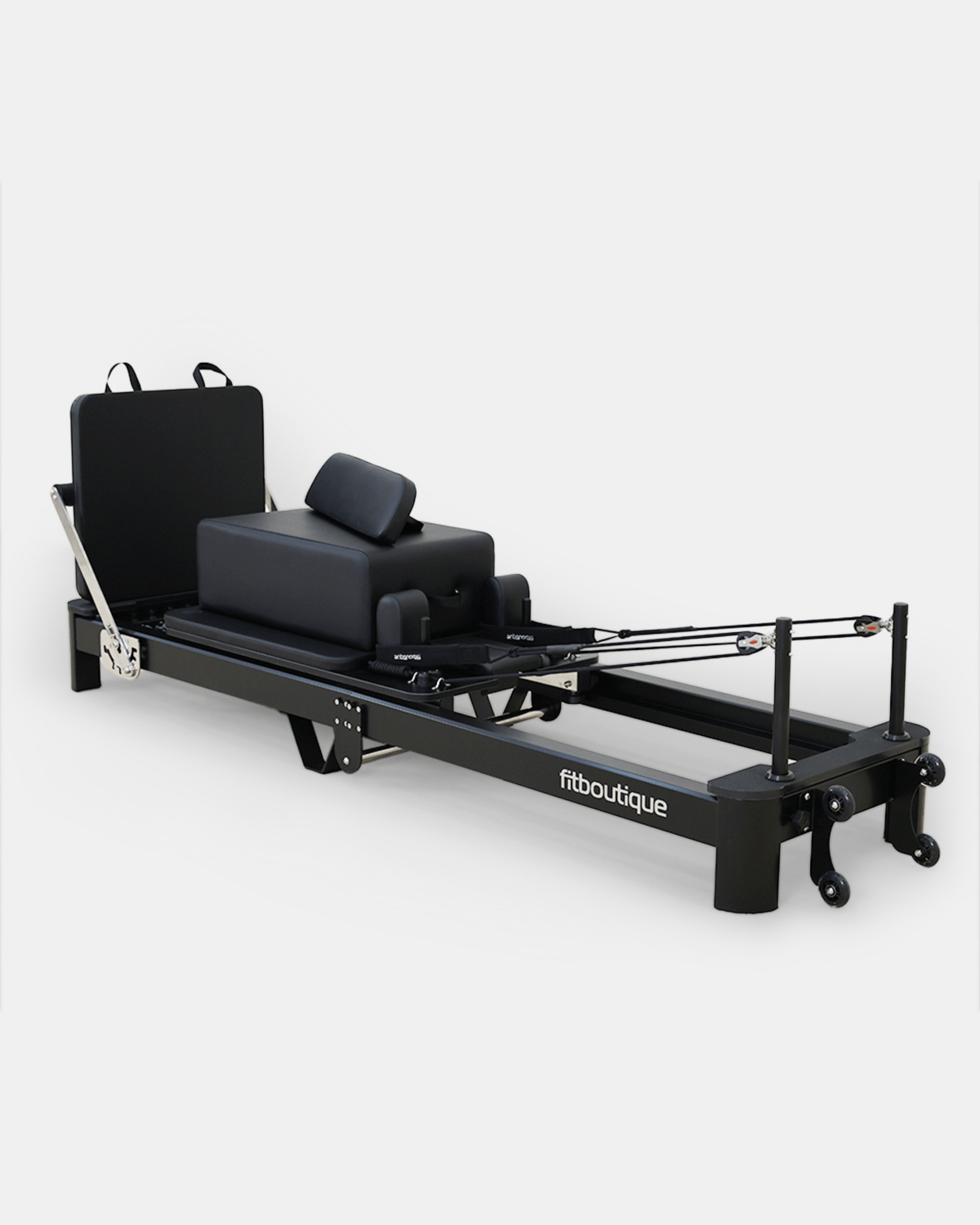
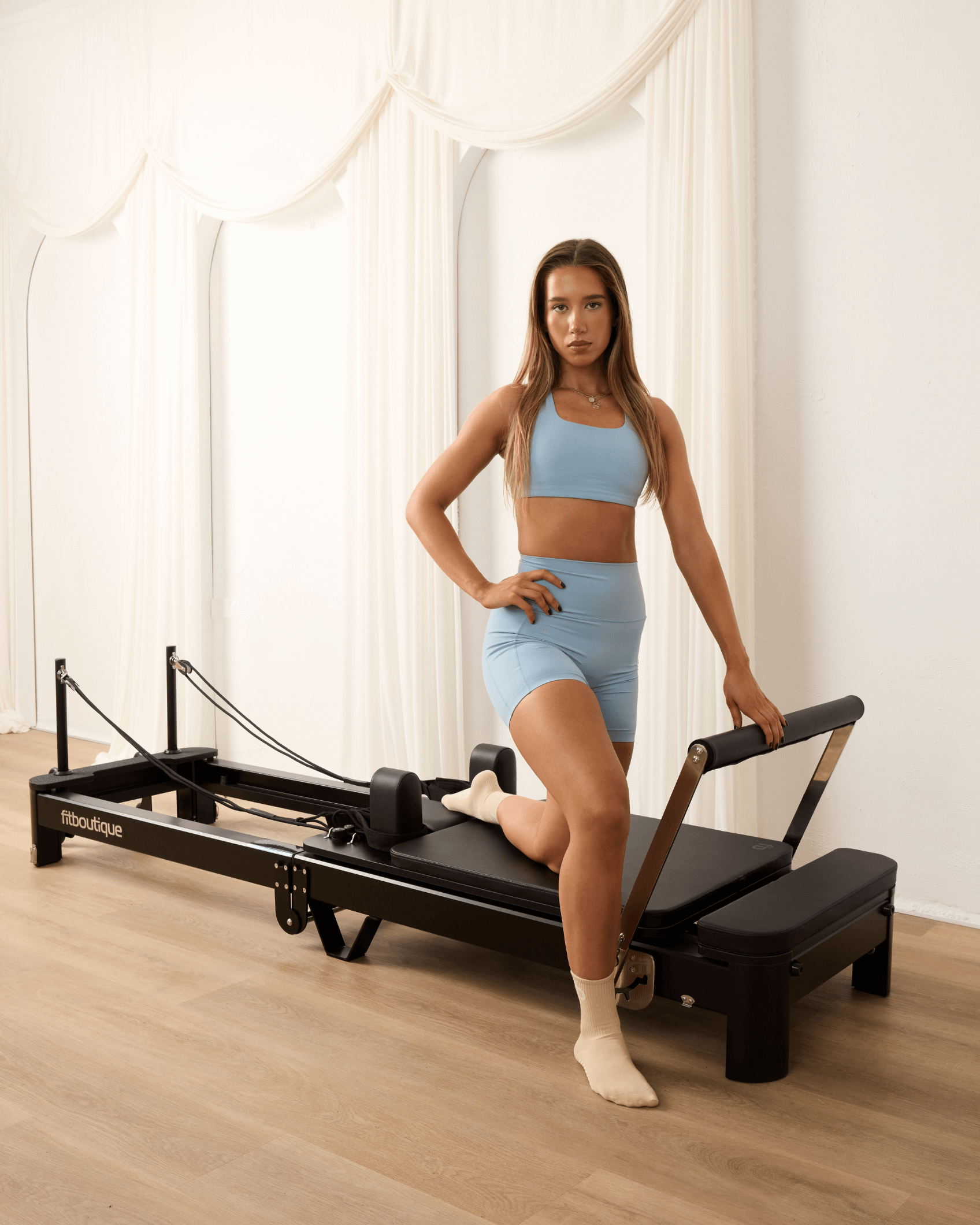
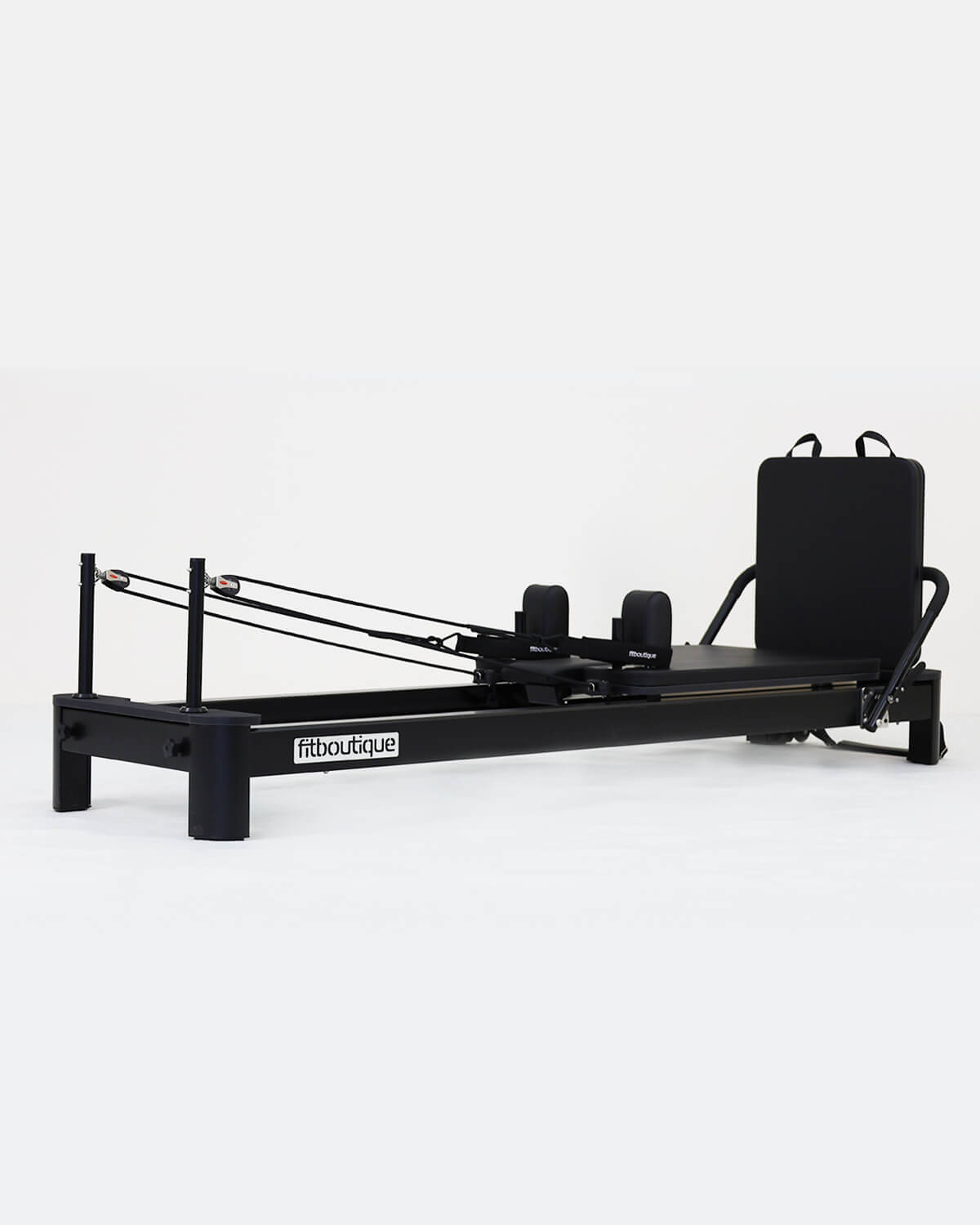

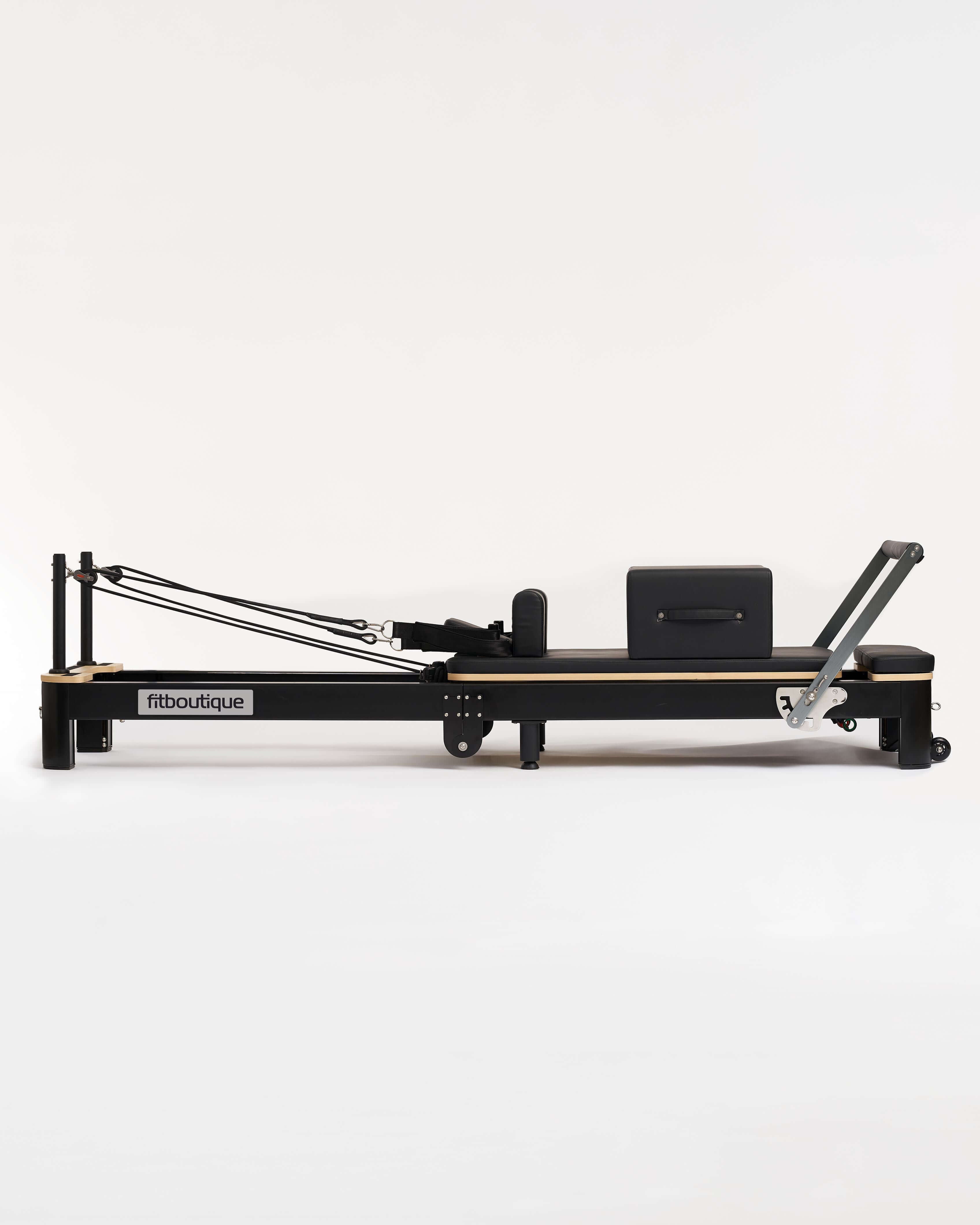
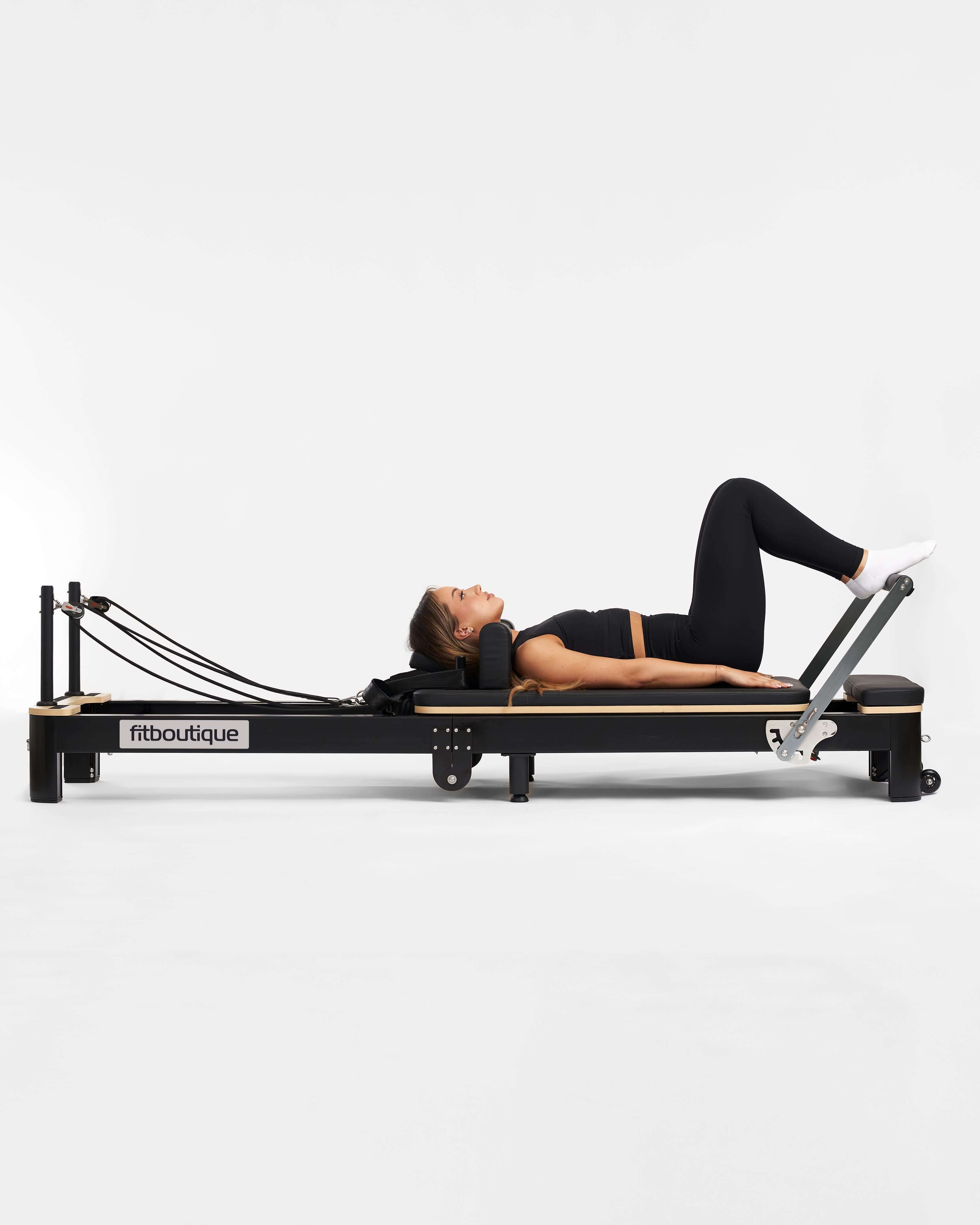
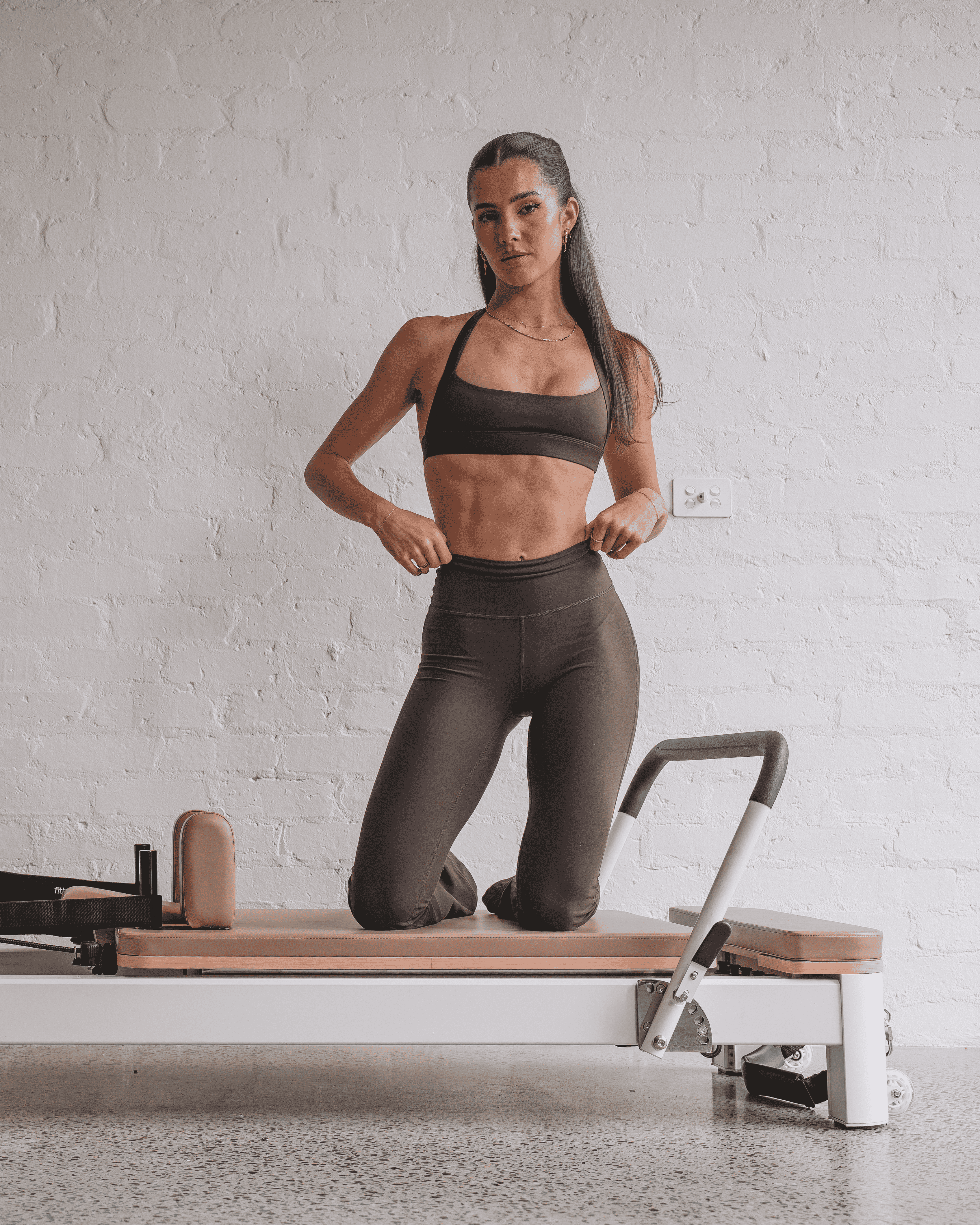
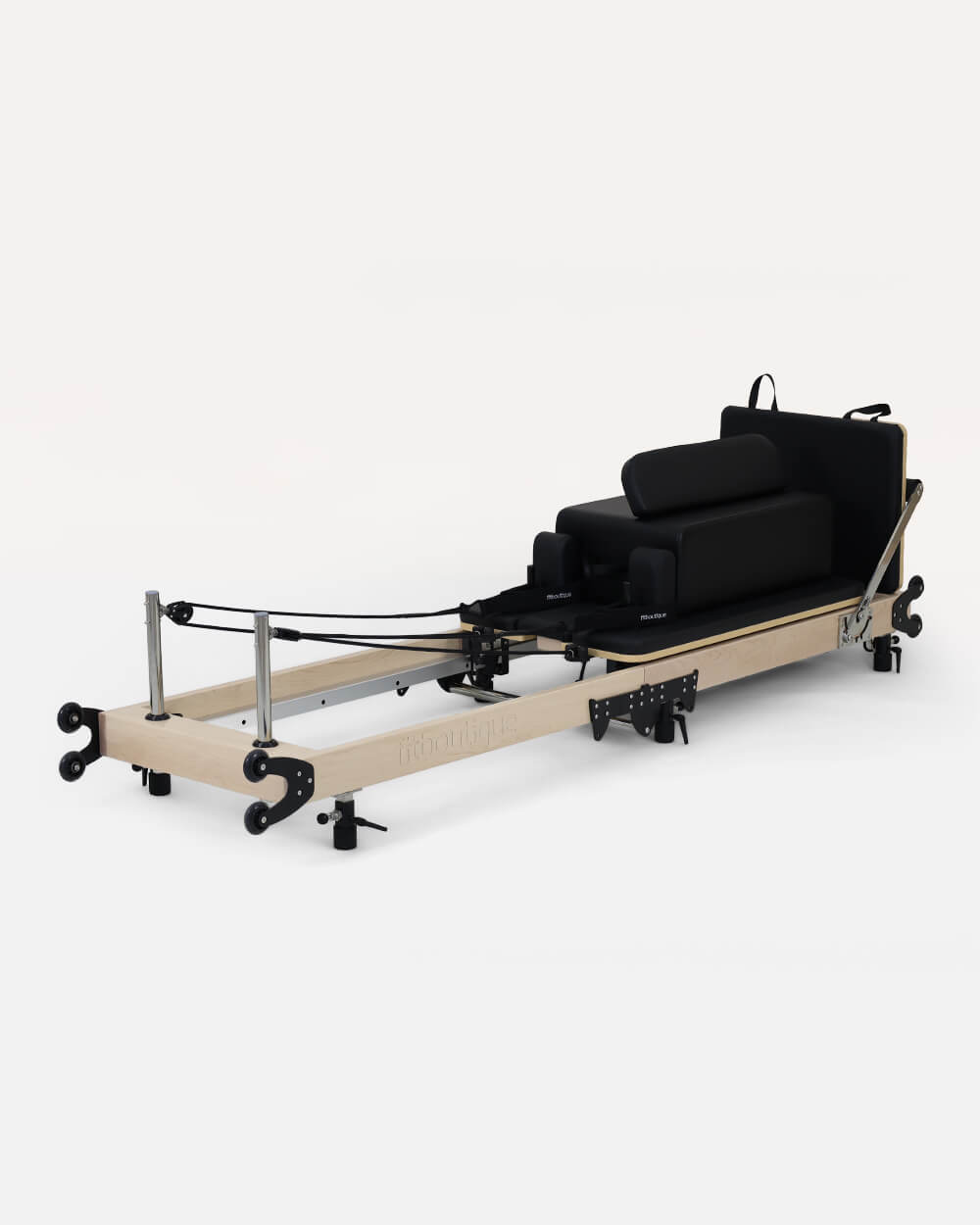

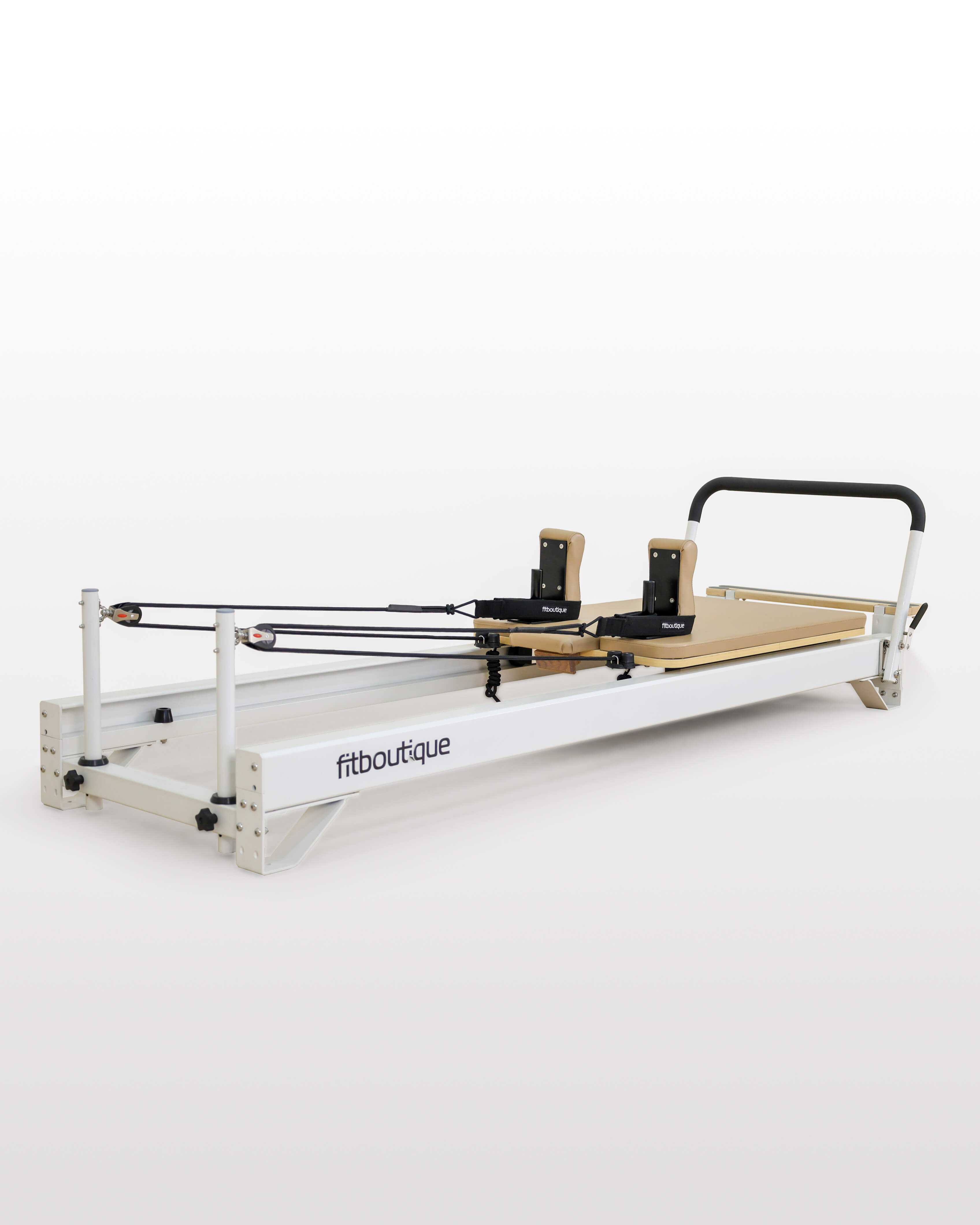
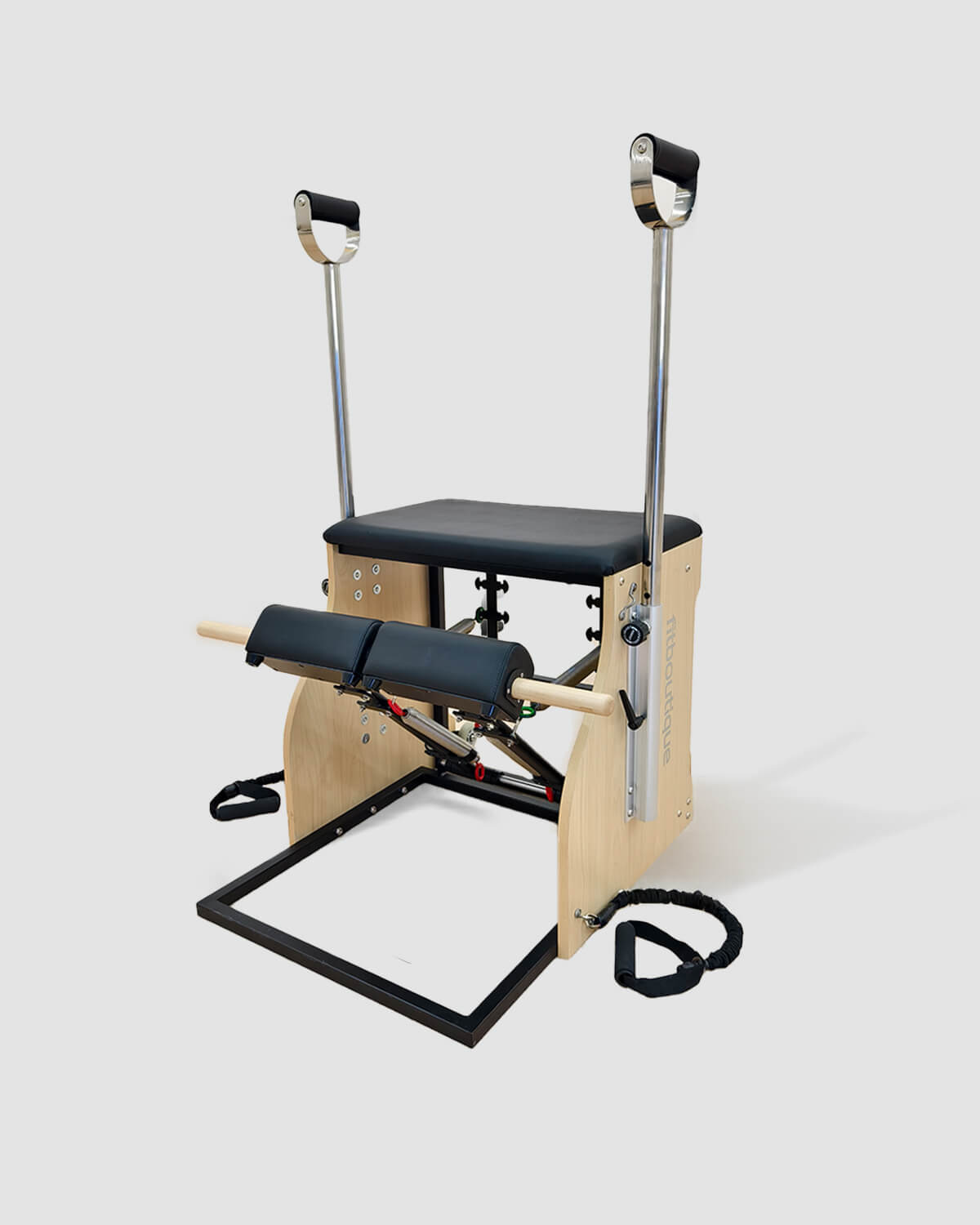
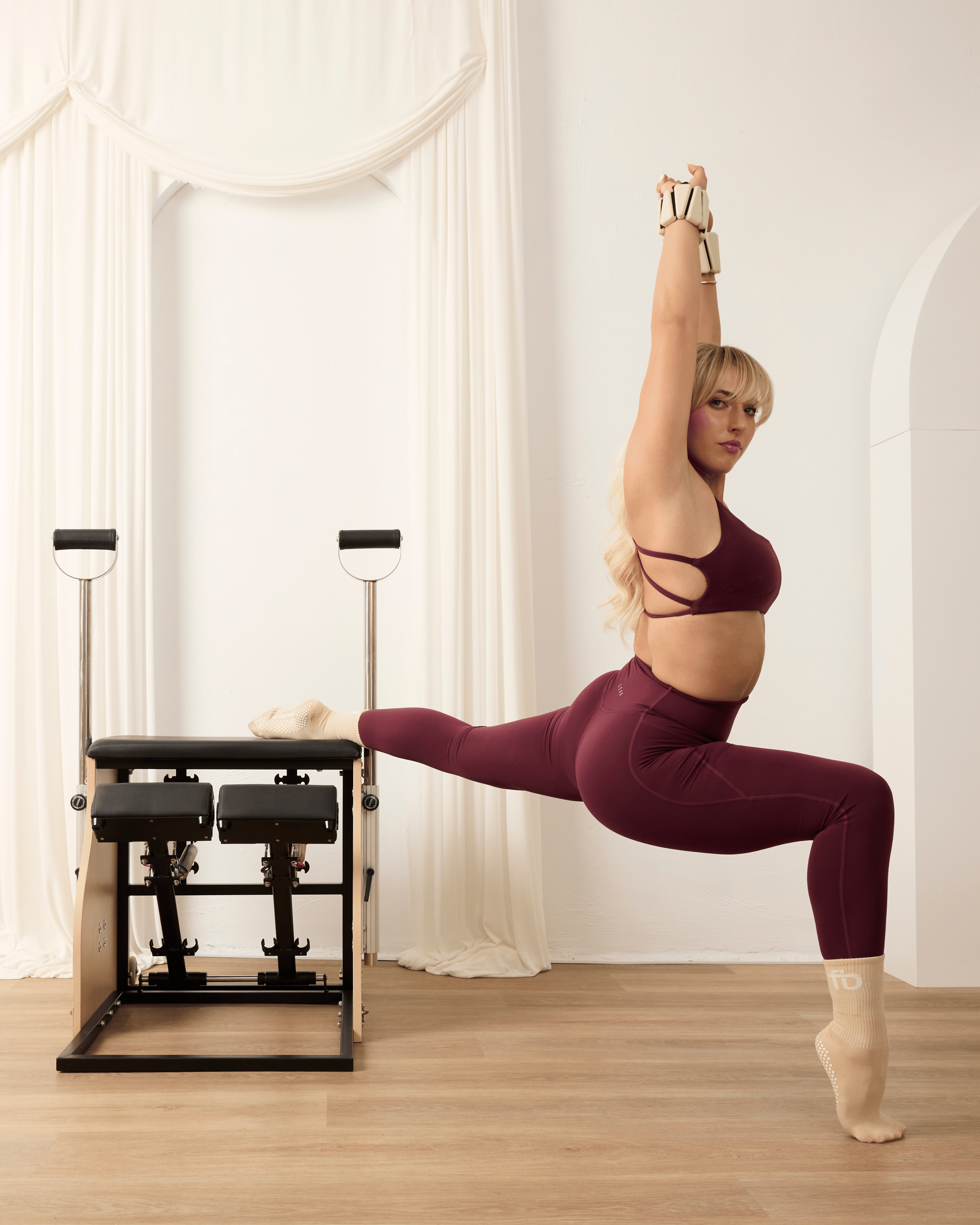
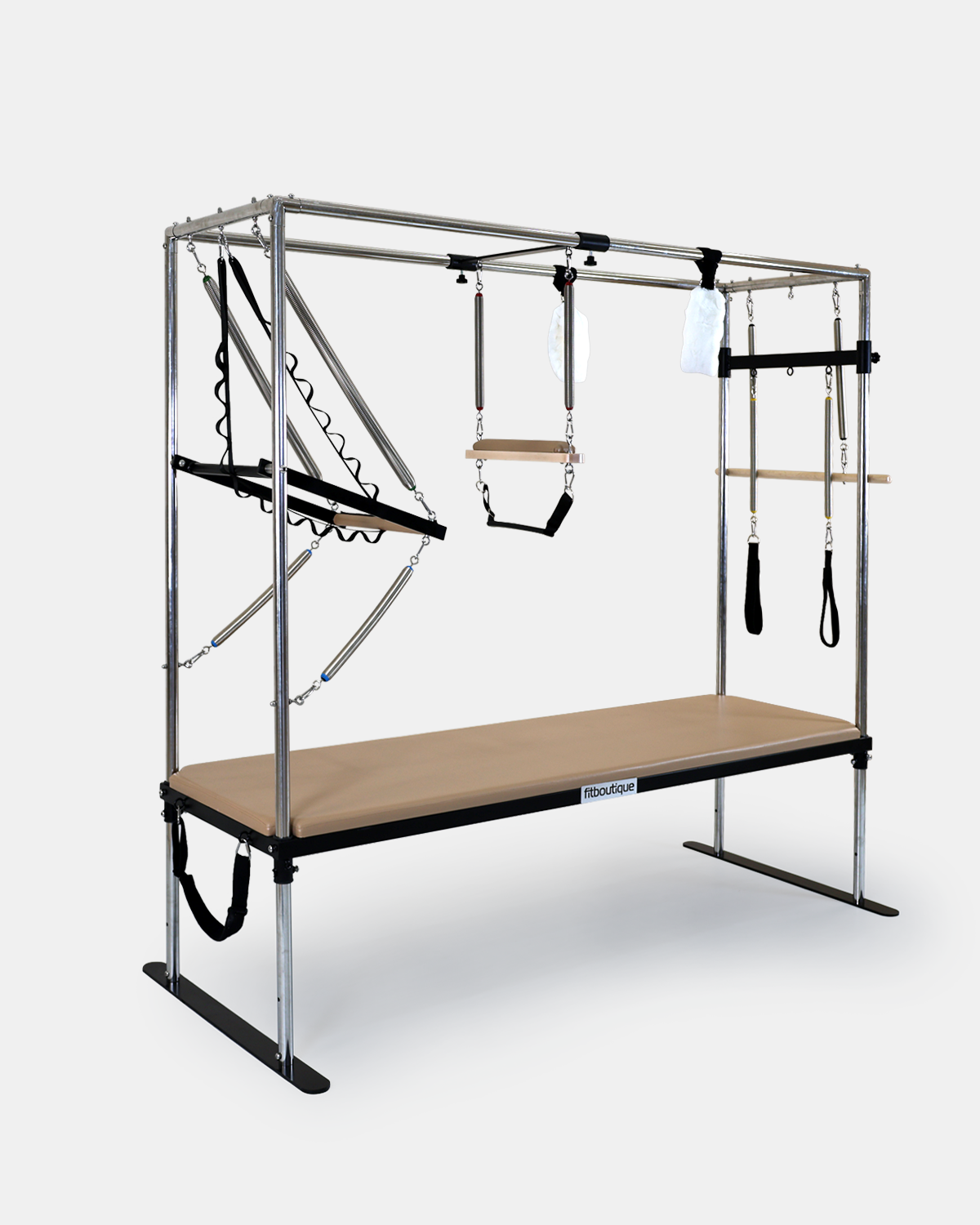
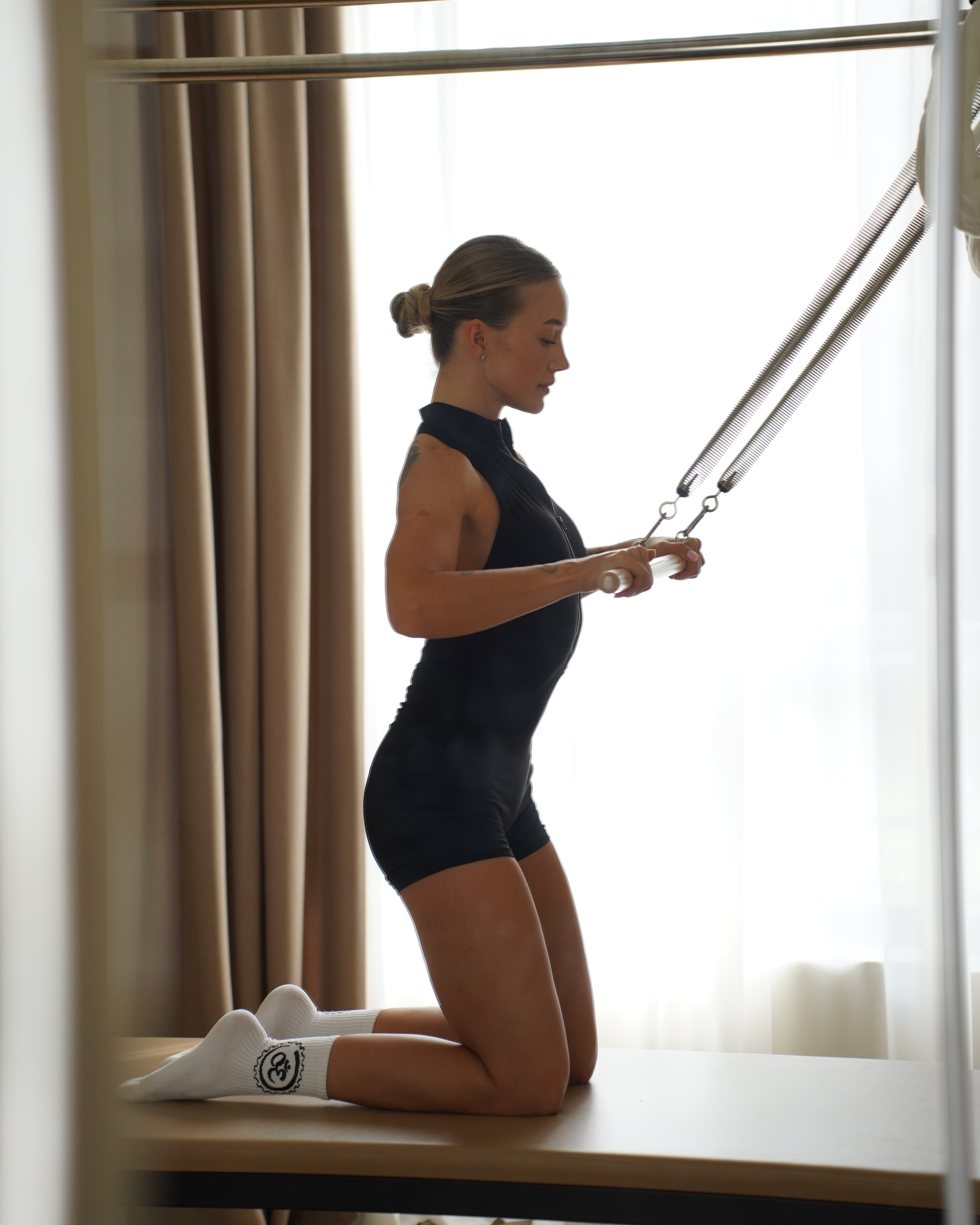

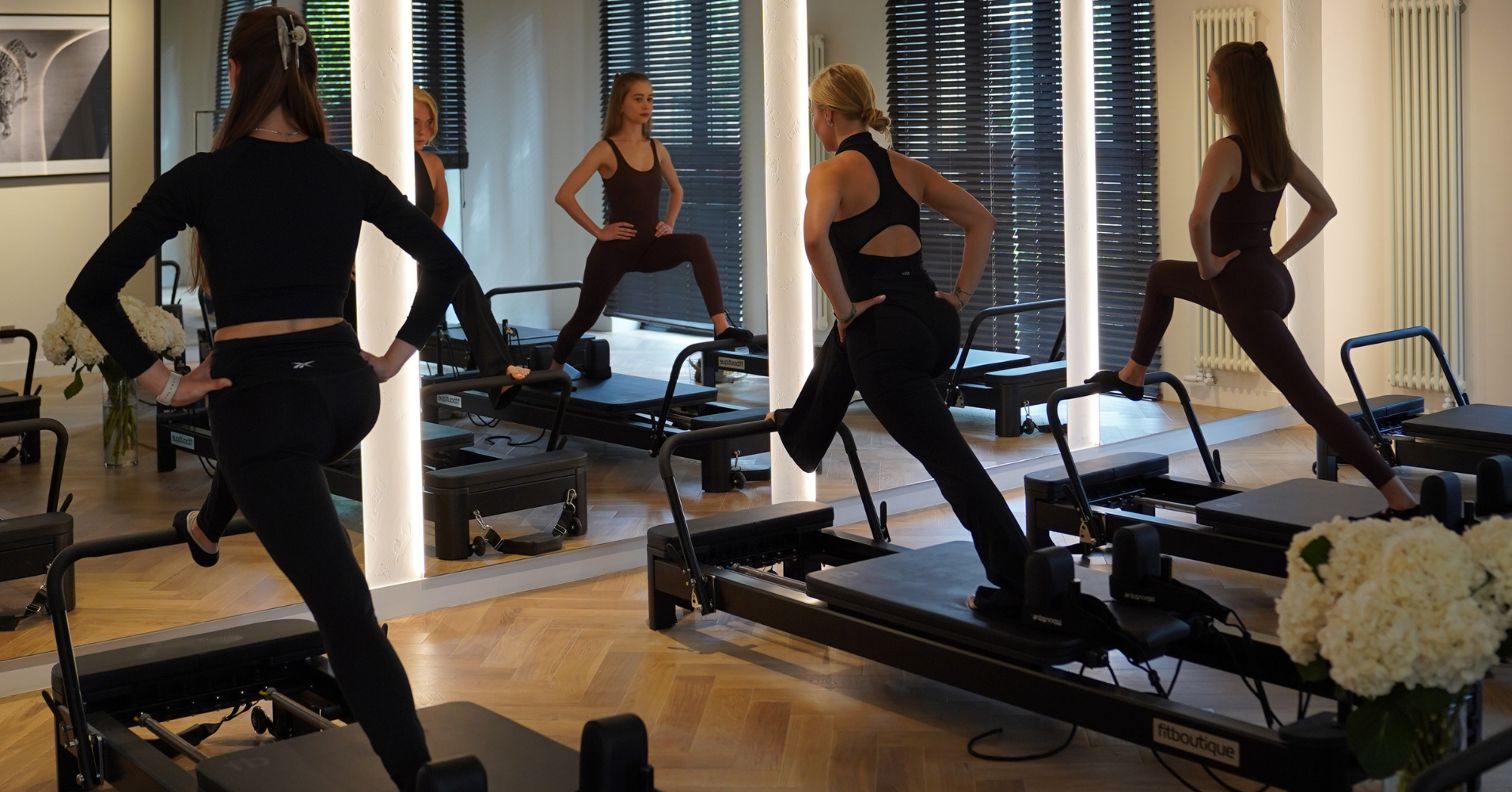
Leave a comment